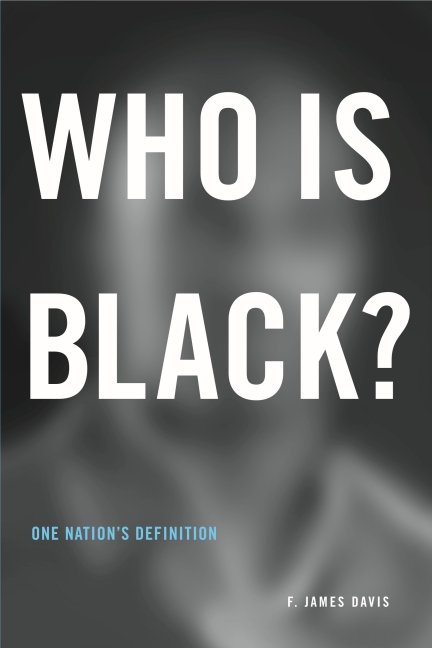Race mixing: Jones’ research has ties to political, sports figuresPosted in Articles, Barack Obama, Census/Demographics, Media Archive, Social Science, United States on 2009-10-23 19:16Z by Steven |
Race mixing: Jones’ research has ties to political, sports figures
Richmond Now
The Faculty, Staff and Student Newspaper
University of Richmond
By Joan Tupponce
April 2007
No one is more intrigued with news about presidential hopeful Sen. Barack Obama or professional golfer Tiger Woods than Dr. Suzanne W. Jones, professor of English and women, gender and sexuality studies. But it’s not Obama’s bid for the presidency or Woods’ latest handicap that has Jones’ attention—it’s their racial identity, or more specifically, how they and others view their mixed ancestry.
For more than 20 years, Jones has been writing about and teaching classes about literature that explores U.S. race relations, especially black-white relationships. The idea for her latest book project stems from one of the chapters in her 2004 book Race Mixing: Southern Fiction since the Sixties. In her new work, Jones will be looking at the reappearance of the racially mixed character in the contemporary American imagination through the study of fiction, memoirs and family histories.
Jones first became personally interested in the topic about 15 years ago. “I taught a student in my African-American literature class whose mother was white and whose father was black,” she recalls.
Jones was unaware of the student’s heritage until she read a paper the student had written about her racial identity. Jones, like others, had assumed the student was white…
…The mulatto character figured prominently in American literature in the 19th century. “The so-called ‘tragic mulatto’ was used to point out the tragedy of defining race the way we did in the United States,” she explains. According to Jones’ research, the character disappeared by the 1960s—the time of the Black Power movement—only to resurface in the 1990s.
“This reappearance of the mixed character is happening in part because the children of 1960s mixed marriages have grown up and are writing both fiction and nonfiction,” Jones says. “Also an intense debate about racial classification began in the early 1990s, spurred both by racially mixed people and some parents of mixed children, particularly white parents, who didn’t want their children to be defined by the old ‘one-drop’ rule. This debate eventually led to a change on the 2000 U.S. census form, which allowed people to check more than one racial or ethnic category.”…
Read the entire article here.



